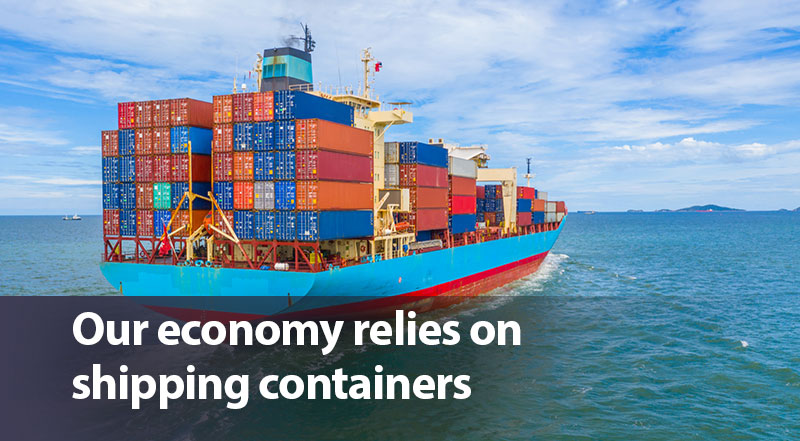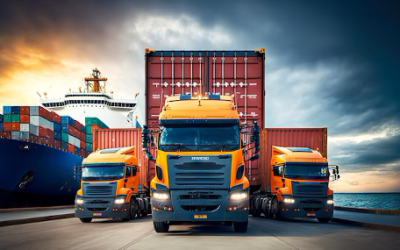Having the active spread of commerce, people have been using boxes, sacks, barrels, and containers of varying sizes to transport goods over long distances. Therefore, an estimated 90% of the world’s products are now transported by sea. Specifically, the average size of a container ship has doubled in the past 20 years, which can haul 24,000 containers.
Thus, an estimated 90% of the world’s goods are transported by sea, with 60% of that including virtually all your imported fruits, gadgets, and appliances packed in large steel containers. The rest is mainly commodities including oil or grains that are gushed directly into the hull. In total, about 14 trillion USD of the world’s goods spend some time inside a big metal box, which we call a “container.” However, in short term without the standardized container, the global supply chain will be face shortages. A recent shortage of these containers is raising costs and growling the supply chains of thousands of products across the world. The situation highlights the importance of the simple, yet essential cargo containers that are still floating on the sea.
Trade before the container
As trade grew more in advance,
the process of loading and unloading as
goods were transferred from one method
of transportation to another remained
very labor-intensive, time-consuming,
and costly. All different sized packages
in the container also meant space on a
ship could not be efficiently applied
and created weight and balance
challenges for a vessel. Since goods
were likely to experience damage from
handling and be exposed to destruction.
A trade revolution
The U.S military began exploring
the use of standardized small containers
to transport guns, bombs, and other
materials more efficiently to the front
lines during World War II. Though, it
was not until the 1950s that American
entrepreneur Malcolm McLean realized
that by standardizing the size of the
containers being used in global trade,
loading, and unloading of ships and
trains could be at least partially
merchandized. In this way, products
remain in containers from the time of
manufacture to delivery, reducing costs
in terms of labor costs and potential
damage. Also, this system dramatically
reduced the loading and unloading of a
ship. Furthermore, containers also made
it much easier to protect cargo from the
elements or pirates, since they are made
of durable steel and remain locked
during transportation. The
standardization of container sizes has
also led to a surge in ship size. The
more containers packed on a ship, the
more a shipping company can earn on each
journey. As mentioned earlier, the
standardization of container sizes has
also led to a surge in ship size, which
can haul 24,000 containers.
Cost
of success
The growing size of ships has a cost, and as maritime shipping has grown increasingly important to global supply chains and trade, yet it was rather invisible until the logjam and blockage of the Suez Canal. About 12% of the world’s global shipping traffic passes through this canal and at one point during the blockage, at least 369 ships were stuck waiting to pass through the anal from either side, costing an estimated $9.6 billion a day. That translates to $400 million an hour, or $6.7 million a minute. Ship-building companies continue to work on building ever-larger container vessels, and there’s little indication this trend will stop anytime soon. Some experts forecast that ships capable of carrying loads 50% increment by 2030. In other words, the shipping container will remain more popular in demand than ever.





